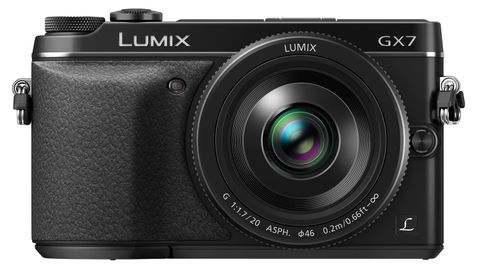Why you can trust TechRadar
Although it has a tilting electronic viewfinder (EVF) and a tilting LCD, the Panasonic GX7 is only a little bigger than the Panasonic GX1 that it replaces. It still has the same flat top and rectangular shape, but the EVF sticks out a little from the back of the camera, making it marginally less pocketable.
The camera has a magnesium alloy body, which gives it a solid, high-quality feel. There's also a decent-sized grip that provides a comfortable hold.
Despite the presence of a touchscreen, the Panasonic GX7 has the full complement of physical buttons and controls. These feel well made and responsive. Having a mode dial on the top-plate makes it possible to switch quickly between shooting modes, which include all the enthusiasts' favourites (aperture priority, shutter priority and manual) as well as a collection of scene modes and Creative Control options.
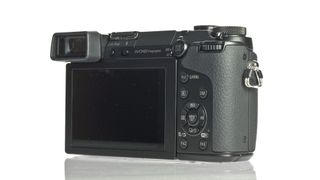
The 3-inch touchscreen also responds quickly to a light touch, but it suffers from reflections more than some other screens. Fingerprints resulting from using the touchscreen naturally don't help the situation, but thankfully there's the viewfinder on hand, and this provides a very clear view.
Because there's no obvious texture in the viewfinder and the image contrast and colour are a good match for the scene (depending upon the camera settings), you can almost forget that you're looking at an electronic unit.
Some may find it a little on the small side, but it has plenty of detail and has the benefit of being able to display the impact of camera settings such as exposure and white balance - plus there's a clear level display available.
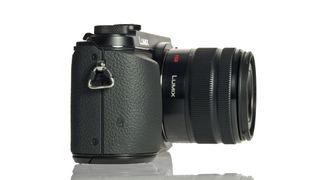
Panasonic has made a few changes to the control layout since the GX1. The Ai button - which sets the camera to intelligent Auto mode regardless of the exposure setting - has gone, for instance, and this mode is now selected via the mode dial.
There's also a new control dial around the shutter release button, which is used in conjunction with the rear control dial to change settings and so on. It's within easy reach of your index finger. In addition, there's a new switch on the back of the camera around the AE lock, which enables you to flick quickly between auto and manual focus.
In another change since the Panasonic GX1, the Panasonic GX7's mode dial sits on the far right of the top plate as you hold the camera for use. This is quicker to access than the more central position on the Panasonic GX1.
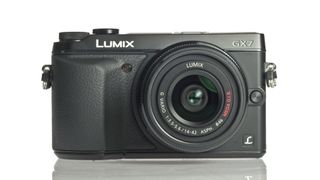
As usual there's a Quick Menu that can be reached with the press of a button. You can set this up to take you straight to a preset group of features or a customised list, but it would be nice if it was also a customisable menu page where you could assign your most frequently used features. It would be useful to be able to reach the Format option quickly, for example.
All things considered, however, the menu and control arrangements of the Panasonic GX7 are sensible, with everything within easy reach. It's easy to switch between using the physical buttons and dials and using the touchscreen.
The screen's touch control provides a quick way of navigating through menus, making settings selections and adjustments and scrolling through images in review mode and zooming in and out to check details.
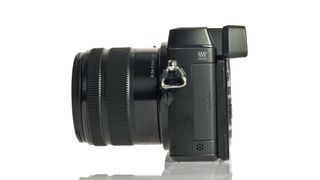
We have only a few niggles, one being that the Display button just below the thumb rest is prone to being pressed accidentally with the middle of your thumb when you're holding the camera.
Another issue is that the Touch Pad AF feature, which enables you to position the AF point with a finger on the main screen while looking through the viewfinder, isn't much use for left eye users, since your nose is prone to touching the screen and shifting the point.
It means that you have to either set the point with the physical controls or take your eye away from the EVF and tap the screen when it comes to life.

The obscure little PC that wanted to be a big NAS — super compact Maiyunda M1 doesn't cost that much, offers up to 40TB SSD storage, runs Windows and has 4 Gigabit Ethernet ports

Image site Abload going offline reminds me of how much online content we've permanently lost

Gemini's next evolution could let you use the AI while you browse the internet
